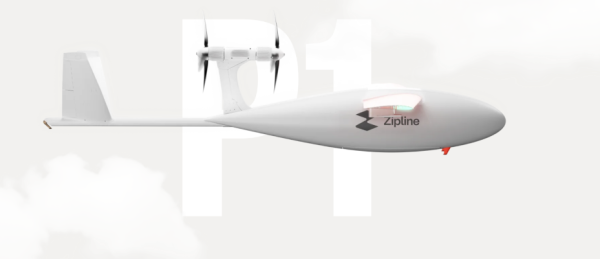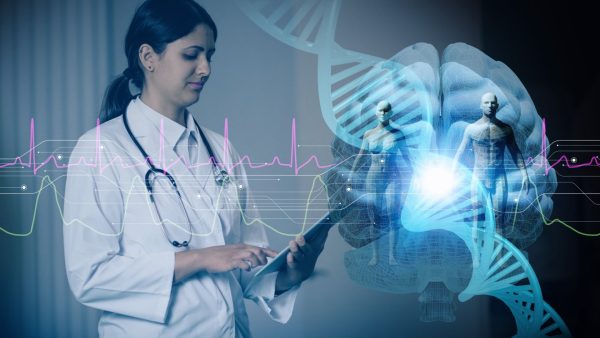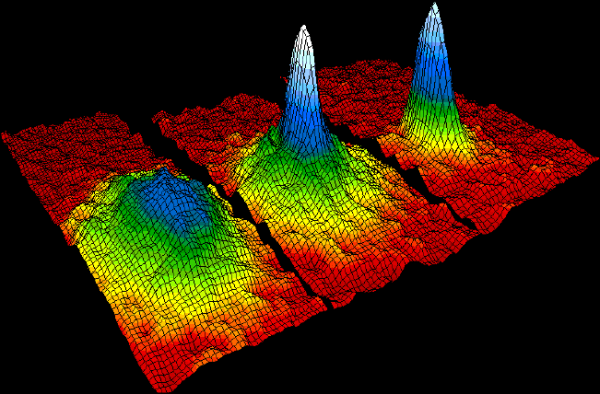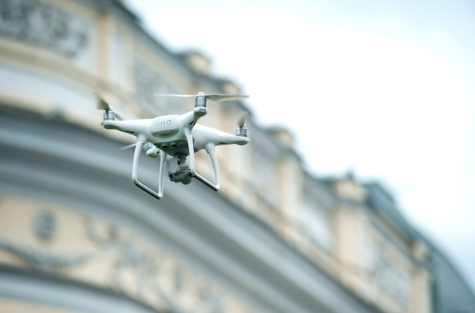The Doctor is prINt

Erik Nelson Rodriguez Illustration/Tribune News Service
Harriton High School currently has two 3D printers. Besides making cool bracelets to support Science Olympiad, what is a 3D printer capable of? It turns out that there is a lot you can create with additive manufacturing and some special ink.
How can a machine originally designed to mass produce books and newspaper have evolved into something that can create skin, blood vessels, prosthetics, and much more?
Dr. Jennifer Lewis, working at Harvard University, designed a 3D printer and special dissolving ink that can be used together to create blood vessels.
The process starts with the building of a hollow, tube-like structure within a network of cells using an “ink” that liquefies as it cools. Then, two other inks are created, one containing a gelatin material and another containing necessary structural proteins to protect cells. A third ink is then added to the tube to create a network of channels within the structure. Finally, cells that line blood vessels in the body are infused into the networks.
In the past decade, researchers have outdone Dr. Frankenstein in their research on regenerative science.
However, due to a lack of blood vessels, none of these endeavors have been able to build thicker and more complex tissues. This problem is now solved with Dr. Lewis’s work. She hopes that her method will create blood vessels in synthetic tissue and then, through the power of biology, smaller blood vessels will develop.
This means that artificial organs could finally receive a blood supply and save the lives of those who need them.
Simple prosthetic limbs can cost $60,000 or more. Nineteen-year-old Easton LaChappelle, a self-taught robotics prodigy, decided to find a way to solve this problem.
Two years ago, LaChappelle started a company called Unlimited Tomorrow whose mission is “to keep the user first and to give extreme technology at an affordable price.” Using a 3D printer, LaChappelle created a prosthetic prototype that cost only $350 to produce, making prosthetic limbs more available and affordable for those who need them.
On his GoFundMe page he says, “No one person can change the world. It takes multiple people, so if I can develop technology in a way so other people can take what I’ve done and grow from it and do something more with it, someone could take that and keep impacting someone else’s life and eventually try and rule out a lot of the bad in the world by giving back to our own kind.”
With the continuation of research, drugs, sensors, medical models, bones, medical equipment, heart valves, and so much more have been created through the usage of 3D printers. This machine is truly changing the world, layer by layer.












